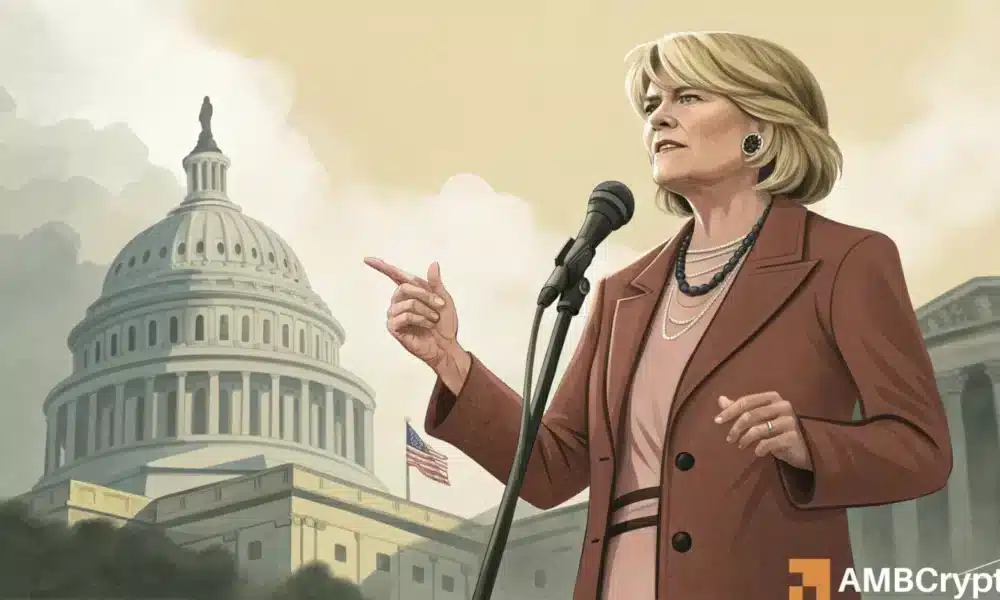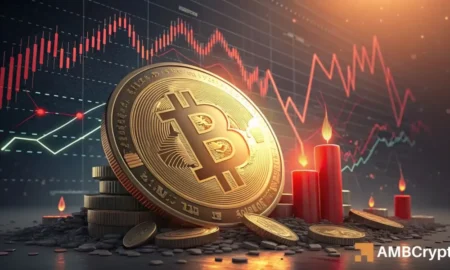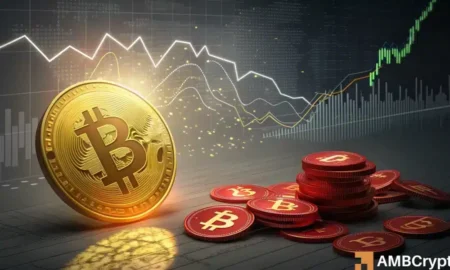The Potential of a U.S. Strategic Bitcoin Reserve (SBR): What You Need to Know
The concept of a Strategic Bitcoin Reserve (SBR) is gaining traction in the United States, particularly among influential political and financial figures. With increasing discussions around the framework and objectives of such a reserve, the implications for the U.S. economy and the cryptocurrency landscape are significant. This article delves into recent endorsements from key players, the economic rationale behind the SBR, and its potential impact on the market.
Senator Cynthia Lummis’ Support for the SBR
Senator Cynthia Lummis, a vocal advocate for cryptocurrency, has recently expressed her enthusiastic support for the proposal of a Strategic Bitcoin Reserve. She emphasized that funding for this initiative could commence "anytime," even though bureaucratic hurdles may delay its full implementation. Lummis praised the insights shared by Jeff Park, the Chief Investment Officer of ProCap BTC, along with Bitcoin advocate Anthony Pompliano, who discussed the advantages of using U.S. gold reserves to back a Bitcoin reserve. Her comments underscore a growing political acknowledgment of Bitcoin’s potential role in U.S. fiscal policy.
The Genesis of the Discussion
The idea of creating a Strategic Bitcoin Reserve has garnered attention primarily through social media platforms and influential discussions among cryptocurrency advocates. Jeff Park’s video featuring Pompliano provided a nuanced exploration of how the U.S. could leverage its gold reserves—reported to have around $1 trillion in unrealized gains—to invest in Bitcoin. Park framed this as a strategic move that could mitigate the enormous $33 trillion national debt and position the U.S. as a trailblazer in the burgeoning digital economy. The dialogue around the SBR continues to evolve, with various stakeholders weighing in on its feasibility and potential benefits.
Economic Rationale Behind the SBR
The economic arguments supporting a Strategic Bitcoin Reserve are compelling. Park estimates that investing in Bitcoin could yield substantial returns, particularly if the cryptocurrency continues its historical growth trajectory. He suggested that a modest annual increase of 12% could lead to a significant 30-fold return over 30 years. More conservatively, if Bitcoin reaches a compounded annual growth rate (CAGR) of 40%, the timeline for substantial returns could shrink to just a decade. Given the economic pressures stemming from national debt, the potential of Bitcoin as both an investment tool and a financial safety net is increasingly appealing to policymakers.
The Current Bitcoin Market Landscape
As discussions about the SBR unfold, the current Bitcoin market shows mixed signals. Recently, Bitcoin was trading at approximately $123,716.23, reflecting a modest daily gain of 0.21% and an 8.8% increase over the week, according to CoinMarketCap data. However, technical indicators, such as the Relative Strength Index (RSI), suggest that market sentiment remains cautious. The RSI has lingered below the neutral 50 mark, indicating that bearish sentiment still holds a short-term influence on price movements. These factors create a complex backdrop for the potential launch of the SBR.
Key Figures in the Advocacy for SBR
The move towards a Strategic Bitcoin Reserve is backed by an array of influential figures within the cryptocurrency space. Alongside Senator Lummis, personalities like Michael Saylor and Tom Lee have been vocal proponents of the initiative. Their collective efforts are helping to transition the SBR from an abstract idea into a serious topic of discussion among legislators and economic analysts. With bipartisan support emerging, the prospect of establishing a formalized Bitcoin reserve is increasingly on the horizon.
Conclusion: The Future of Bitcoin in U.S. Policy
The prospect of a Strategic Bitcoin Reserve represents a significant intersection of cryptocurrency and U.S. fiscal policy. With indications of support from political leaders like Senator Lummis, the groundwork is being laid for a potential shift in how the U.S. engages with Bitcoin at a national level. As discussions evolve and economic evaluations continue, the insights from advocates like Jeff Park and Anthony Pompliano will remain at the forefront of this dialogue. Whether the SBR comes to fruition could have lasting repercussions for both the U.S. economy and the global cryptocurrency market, paving the way for a new era in digital finance.
















